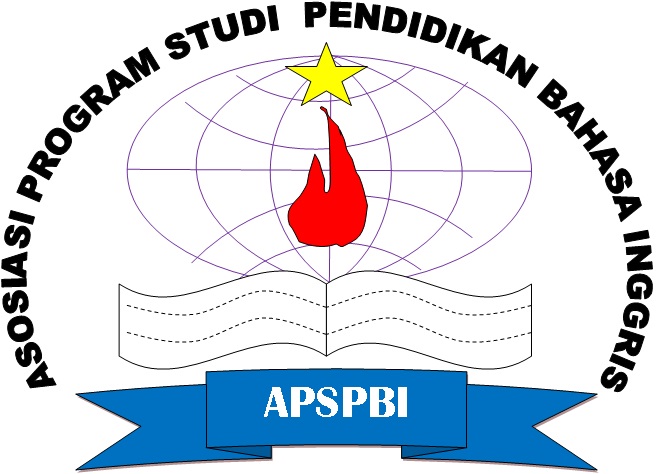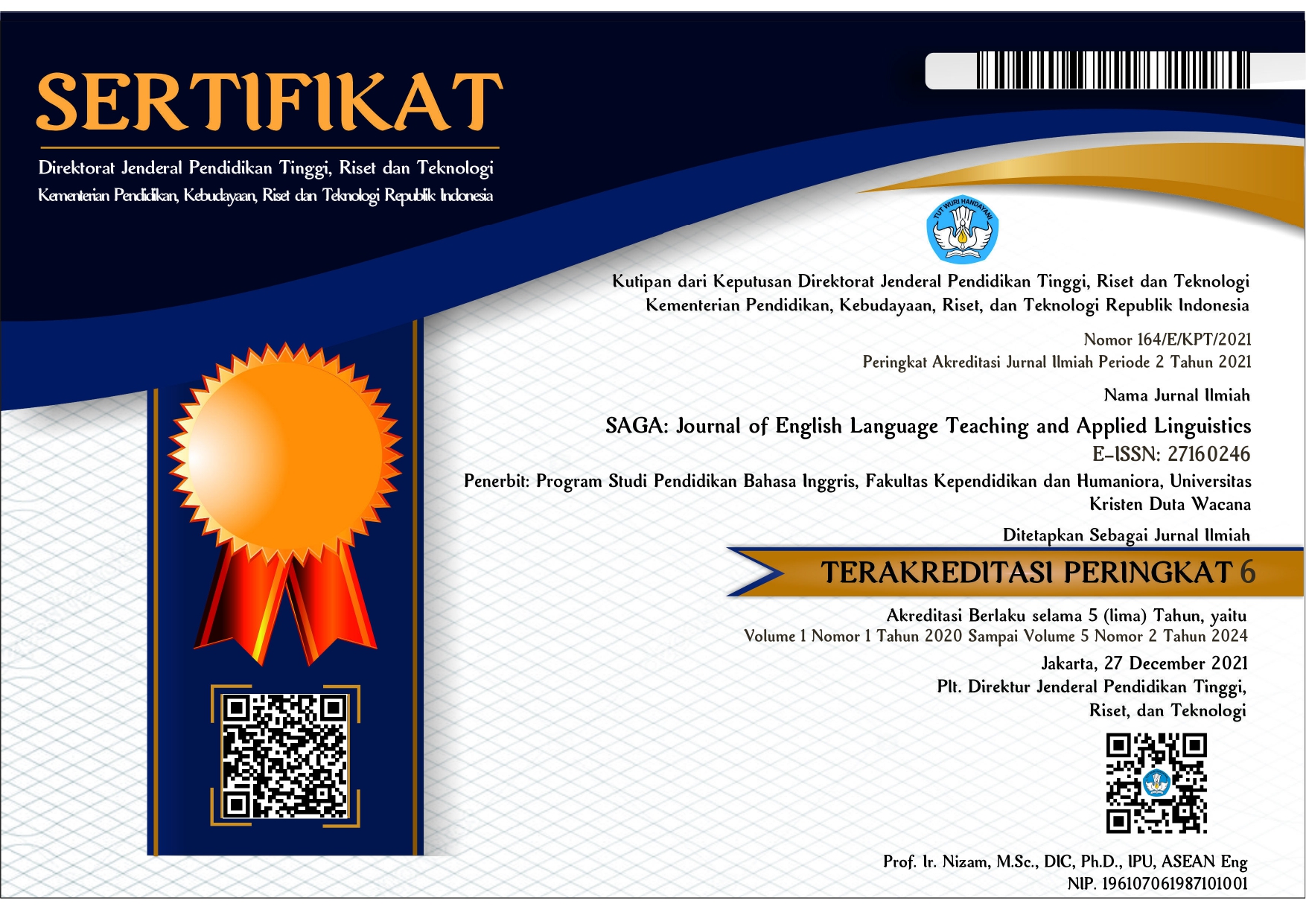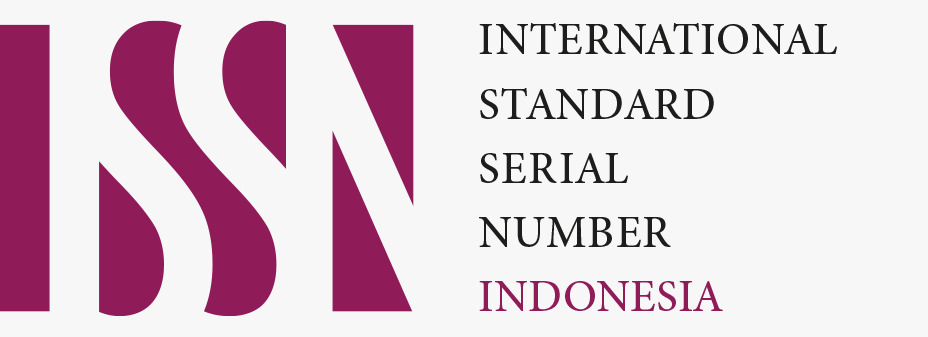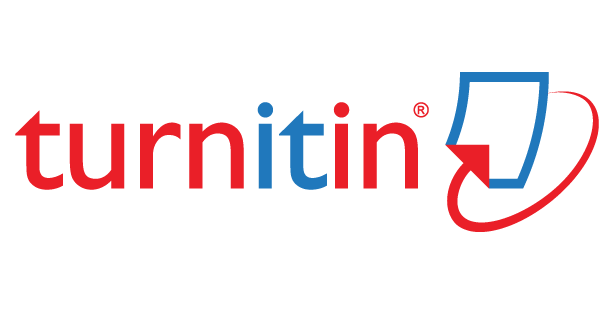Pre-Service Teachers' Understanding on Designing English Learning Materials Using Portfolio
DOI:
https://doi.org/10.21460/saga.2025.61.228Keywords:
English learning materials, English teachers, Pre-service teachers, PortfolioAbstract
The success of the teaching and learning process depends mainly on well-designed and efficient resources. Thus, teachers' ability to design suitable and effective learning materials is pivotal in making the process successful. Even before becoming real teachers, they are compulsorily responsible for understanding material design. This study aimed to assess the participants’ understanding of designing earning materials using the portfolio assessment as a component of the learning process. Through the qualitative approach, 13 participants were involved. They are students—preservice teachers—who are still studying at the English Department, Universitas Serambi Mekkah, Aceh, Indonesia. The instruments used were initial interviews, questionnaires, and triangulation interviews to enhance the primary data. In data collection, participants were asked interview questions to assess their understanding and perception of suitable instructional materials. They had 15 minutes to complete questionnaires and were interviewed again for 10 minutes. The data analysis then went on using interactive analysis. The results show that, on average, 11 out of 13 participants did not understand designing good learning materials. Then, regarding their agreement on the effectiveness of the portfolio, they mostly agree on this statement. In conclusion, portfolio assessment is worth trying to enhance the preservice ability in designing good and effective learning materials for language teaching and learning.
References
Afriadi, B. (2021). Portfolio assessment trends on future learning. Jurnal Evaluasi Pendidikan, 12(2), 78–85. https://doi.org/10.21009/jep.v12i2.25741
Boholano, H. B., Sanchez, J. M. P., Balo, V. T. M., & Navarro, T. M. M. (2022). Utilization of e-portfolios in teacher education institutions of higher education in Central Visayas, Philippines. International Journal of Information and Education Technology, 12(9), 912–920. https://doi.org/10.18178/ijiet.2022.12.9.1701
Boonen, T., Van Damme, J., & Onghena, P. (2014). Teacher effects on student achievement in first grade: Which aspects matter most? School Effectiveness and School Improvement, 25(1), 126–152. https://doi.org/10.1080/09243453.2013.778297
Brown, H. . D. (2004). Teaching by Principles 2nd ed. Longman.
Den Brok, P. J., Levy, J., Rodriguez, R., & Wubbels, T. (2002). Asian-American and Hispanic-American teachers and their students' perceptions of teacher interpersonal communication style. Teaching and Teacher Education, 18(4), 447–467. https://doi.org/10.1016/S0742-051X(02)00009-4
Douna, P., Kyridis, A., Zagkos, C., Ziontaki, Z., & Pandis, P. (2015). The Ideal University Teacher according to the views of Greek students. International Journal of Higher Education, 4(2). https://doi.org/10.5430/ijhe.v4n2p145
Garrett, D. D., Kovacevic, N., McIntosh, A. R., & Grady, C. L. (2011). The importance of being variable. Journal of Neuroscience, 31(12), 4496–4503. https://doi.org/10.1523/JNEUROSCI.5641-10.2011
Garrett, T., Barr, J., & Rothman, T. (2009). Perspectives on caring in the classroom: Do they vary according to ethnicity or grade level? Adolescence, 44(175), 505–521.
Gopal, R., & Singh, C. K. S. (2020). Arising reading patterns in understanding literary texts. Studies in English Language and Education, 7(2), 407–420. https://doi.org/10.24815/siele.v7i2.16663
Guarino, C. M., Santibañez, L., & Daley, G. A. (2006). Teacher recruitment and retention: A review of the recent empirical literature. Review of Educational Research, 76(2), 173–208. https://doi.org/10.3102/00346543076002173
Hamilton, M. (2020). Evidence-based portfolios: A cross-sectoral approach to professional development among teachers. Professional Development in Education, 46(1), 160–174. https://doi.org/10.1080/19415257.2018.1555183
Harmer, J. (n.d.). The practice of English language teaching. Longman.
Harsono, Y. M. (2017). Challenges and opportunities in multi-dimensional English language teaching in changing EFL contexts. Proceedings of the Fifth International Seminar on English Language and Teaching, 350–354.
Laurillard, D. (2021). Designing teaching materials. Rethinking University Teaching, 5(2), 197–214. https://doi.org/10.4324/9781315012940-26
Lestari, A. S. (2016). E-Portfolio assessment design in learning. Advances in Economics, Business and Management Research, 14(2), 280–284. https://doi.org/10.2991/icemal-16.2016.58
Mahardika, I., . N., & Firman, H. (2024). Framework for implementing e-portfolio assessment to improve student habits of mind and mastery of chemistry studies concepts. KnE Social Sciences, 2024(53), 280–290. https://doi.org/10.18502/kss.v9i8.15559
Mantra, I. B. N., Budiningsih, D. N., Astuti, P. S., & Puspawati, D. A. (2021). A portrayal of the portfolio as an alternative online learning assessment. International Journal of Social Sciences, 4(2), 249–254.
Marsegi, S. M., Nurhayati, S., Ansori, A., & Hendriana, H. (2023). Digital-based portfolio assessment competence of early childhood educators. Jurnal Obsesi: Jurnal Pendidikan Anak Usia Dini, 7(1), 251–259. https://doi.org/10.31004/obsesi.v7i1.3360
Miles, M. B., Huberman, A. M., & Saldana, J. (2014). Qualitative data analysis (3rd ed.). SAGE. https://doi.org/10.7748/ns.30.25.33.s40
Mues, F., & Sorcinelli, M. D. (2000). Preparing a teaching portfolio (p. 41). The Center for Teaching University of Massachusetts Amherst.
Richards, J. C. (2001). Methodology in language teaching. Cambridge University Press.
Ridwan, M. R., Hadi, S., Jailani, J., & Retnawati, H. (2023). The instrument is developed to measure the verbal ability of prospective high school students. International Journal of Evaluation and Research in Education, 12(1), 357–368. https://doi.org/10.11591/ijere.v12i1.22736
Saleem, A., Kausar, H., & Deeba, F. (2021). Social constructivism: A new paradigm in teaching and learning environment. Perennial Journal of History, 2(2), 403–421. https://doi.org/10.52700/pjh.v2i2.86
Singh, C. K. S., Mostafa, N. A., Mulyadi, D., Madzlan, N. A., Ong, E. T., Shukor, S. S., & Singh, T. S. M. (2021). Teacher educators’ vision of an ‘ideal’ teacher. Studies in English Language and Education, 8(3), 1158–1176. https://doi.org/10.24815/siele.v8i3.19355
Subekti, A. S. (2019). A study of Introduction to Colllege English’s teachers’ beliefs in their teaching roles. International Journal of Indonesian Education and Teaching, 3(1), 21–40. https://doi.org/https://doi.org/10.24071/ijiet.2019.030103
Subekti, A. S. (2020). University English teachers’ challenges in handling unmotivated learners: A case study. Langkawi: Journal of The Association for Arabic and English, 6(2), 100–113. https://doi.org/10.31332/lkw.v0i0.1926
Sufiyandi, M. F.. (2020). Some basic principles in designing materials for students of English for specific purposes. International Journal of Islamic Education, Research and Multiculturalism (IJIERM), 2(1), 1–18. https://doi.org/10.47006/ijierm.v2i1.19
Sulistyo, T., Eltris, K. P. N., Mafulah, S., Budianto, S., Saiful, S., & Heriyawati, D. F. (2020). Portfolio assessment: Learning outcomes and students’ attitudes. Studies in English Language and Education, 7(1), 141–153. https://doi.org/10.24815/siele.v7i1.15169
Thus, T. (2023). Qualitative method, narrative analysis. In Narrative Networks (Issue May, pp. 0–12).
Tong, T. T. N. (2023). Portfolio assessment: Benefits and challenges in the implementation process. American Journal of Sciences and Engineering Research, 6(2), 347–351.
Whittemore, R., Chase, S. K., & Mandle, C. L. (2001). Validity in qualitative research. Qualitative Health Research, 11(4), 522–537. https://doi.org/10.1177/104973201129119299
Wulandari, E. (2019). Teachers' technological pedagogical content knowledge is used in developing learning materials. Lingua Pedagogia, Journal of English Teaching Studies, 1(1), 29–45. https://doi.org/10.21831/lingped.v1i1.23983
Yunus, W. N. M. W. M. (2020). Understanding Malaysian ESL pre-service teachers' beliefs about teaching and learning through metaphors. Studies in English Language and Education, 7(2), 347–361. https://doi.org/10.24815/siele.v7i2.16654
















